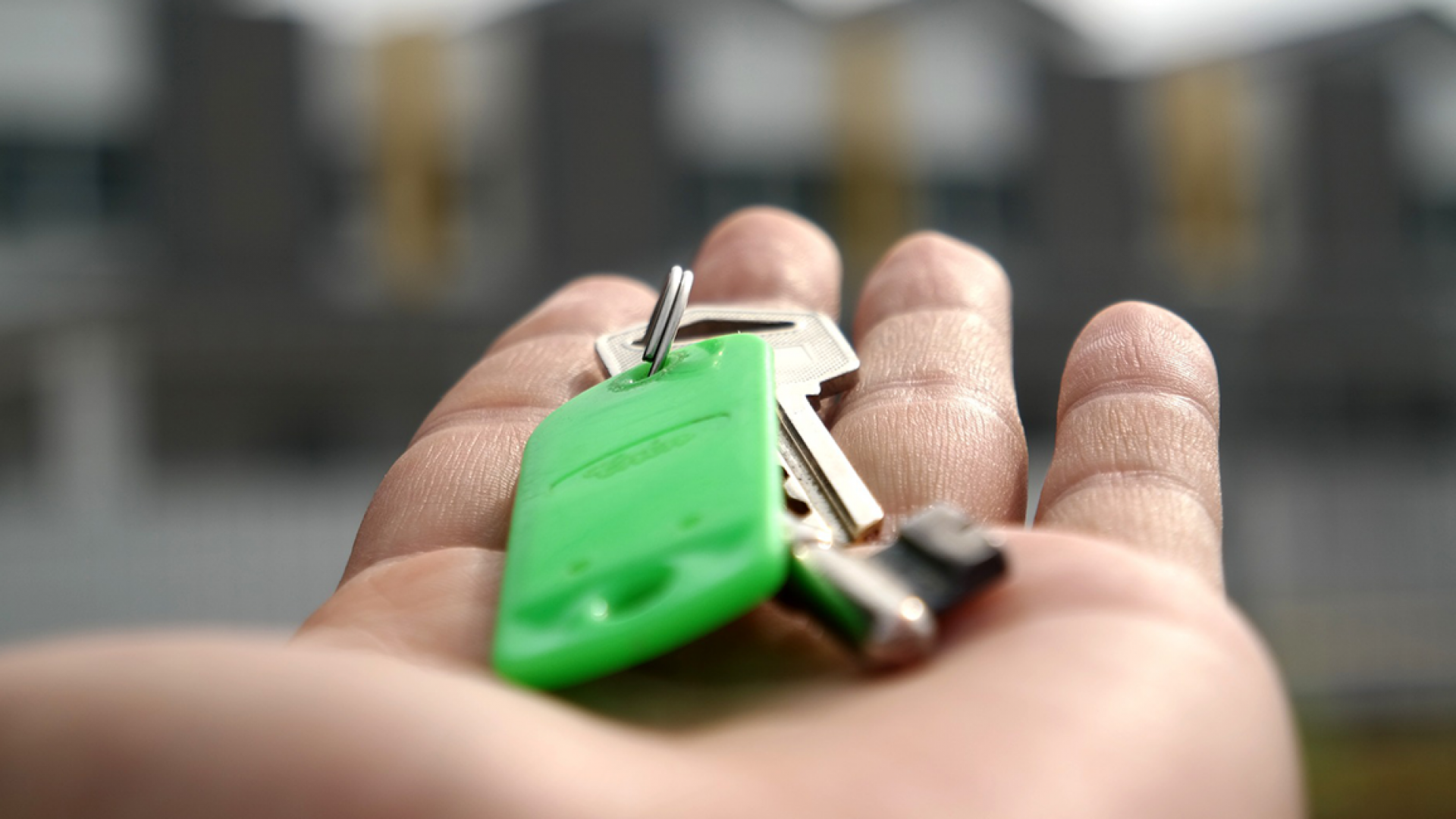Saving for a down payment is a crucial step of the home buying process. Some experts recommend a 10% – 20% down payment. However, you don’t always need a large down payment. In some cases you can buy a home with as little as 3.5% down. Learn more in this The Street article by Brian O’Connell.
Knowing how much to save for a down payment on a house can spell the difference between buying your dream home, or not.
A down payment on a house is a key first step in buying and owning your own home. If you’re new to the housing market, you might be completely lost and not know where to start.
Buying a house doesn’t have to be scary. As long as you come in knowing the basics, like how much payment is expected up front, how it will have an impact on your credit and more, you’ll be ahead of the crowd.
What is a Down Payment?
By definition, a down payment on a house is the money a home buyer gives to a home seller to lock in the home purchase deal.
In most cases, the remaining cash owed on a home purchase is paid via a mortgage loan obtained by the buyer. In that regard, the lender views a down payment as proof you’re invested in the home purchase, and that you’re committed to buying the home and making all your mortgage payments.
In financial terms, a home down payment is calculated as a percentage of the total home purchase. For example, if you’re buying a home for $200,000 and you pay $20,000 as a down payment, your down payment is 10% of the entire home purchase.
Your down payment has a significant impact on the total cost of your home. For instance, your interest rate on the home is calculated, in large part, based on the amount of your down payment. The larger your down payment on a house, the lower your interest rate will be, and the less you’ll wind up paying for your home.
The link between home down payments and interest rate aids lenders in calculating what mortgage industry professionals call the “loan-to-value” (LTV) ratio of the home. Loan-to-value, along with the debt-to-income ratio (i.e., the amount of money you owe weighed against the amount of income you earn) and your credit score are the primary factors a mortgage lender considers when making a home loan.
The loan-to-value ratio is basically defined as the percentage of the home’s value you owe after making a down payment on a new home. It’s calculated by taking the mortgage loan amount and dividing it by the appraised value of the house you’re buying. So if you’re buying a house that costs $100,000, you put down $10,000 and you’re borrowing $90,000, your LTV ratio is 90 percent.
Minimum Down Payments and the 20% Rule
Conventional wisdom usually says that you need 20% as a down payment to get the deal done. That’s not so, as home buyers can buy a home with 3.5% down a U.S. Federal Housing Administration (FHA) loan on a 30-year fixed-rate home mortgage.
3.5% FHA down payments are usually capped at $417,000 home mortgage loans, although there are exceptions to that rule depending on where the home for sale is located. Higher-incoming areas like San Francisco and New York City may see higher FHA loan down payment ceilings well beyond the traditional $417,000 limit.
Even conventional bank loans are often approved with down payments as low as 5% for loans up to $417,000. If the loan size is higher than $417,000, banks and other mortgage lenders usually ask for another 5% down.



